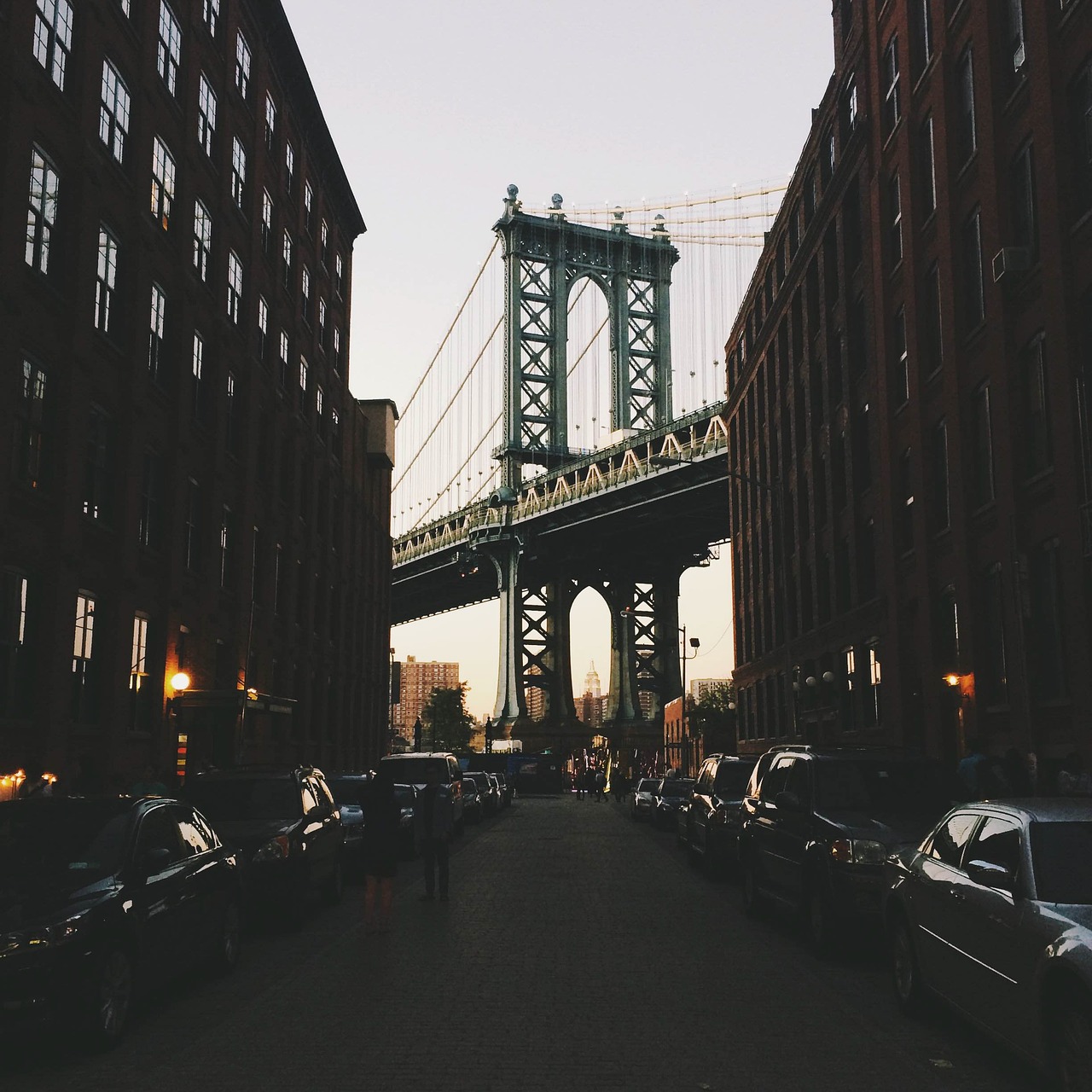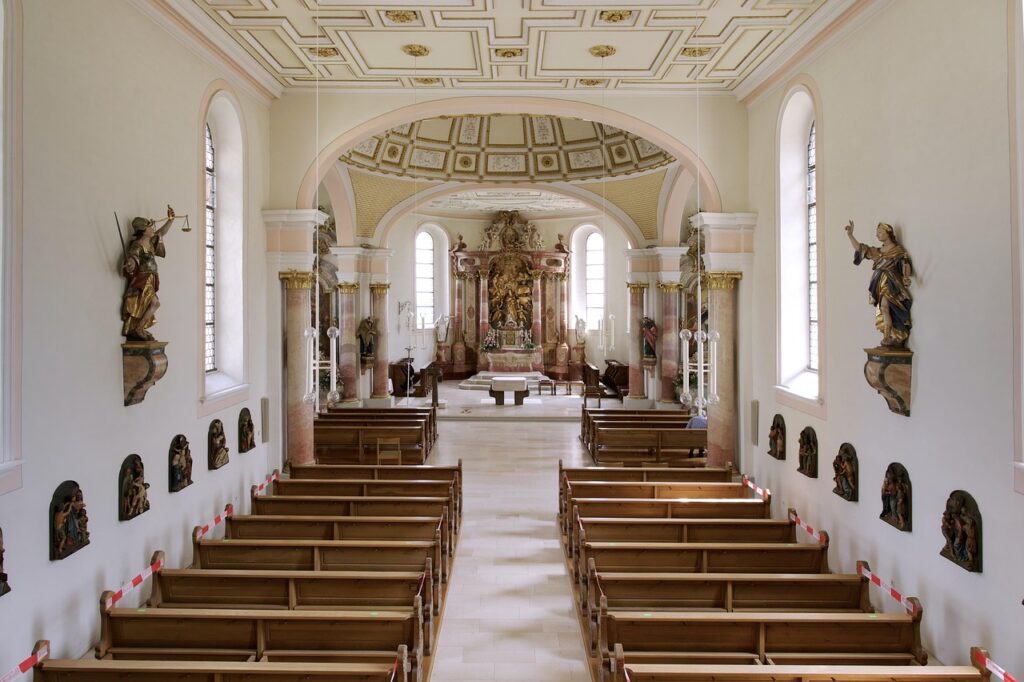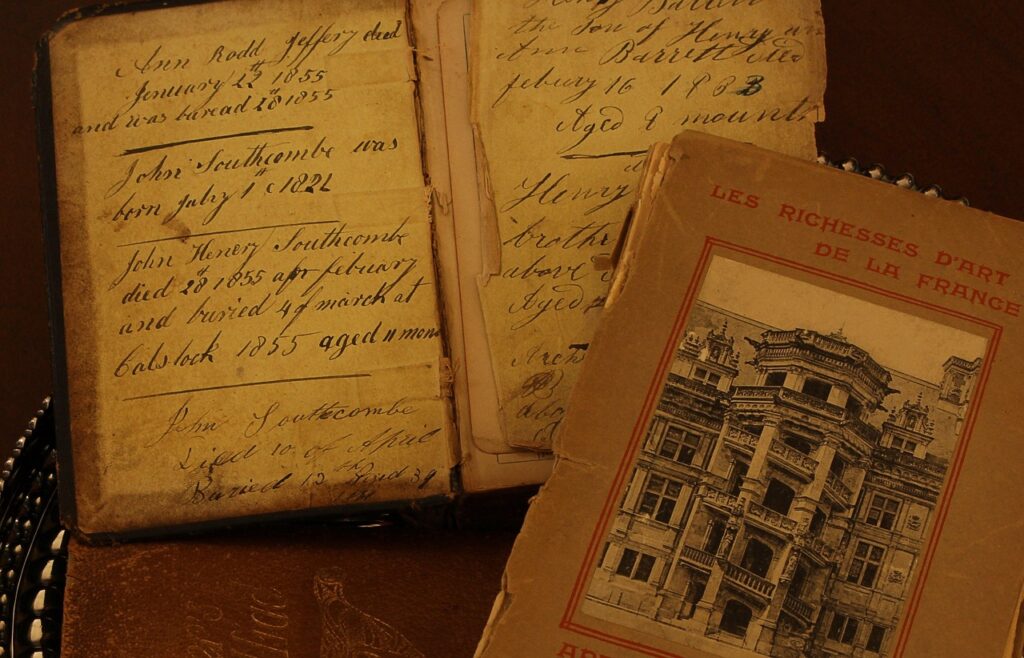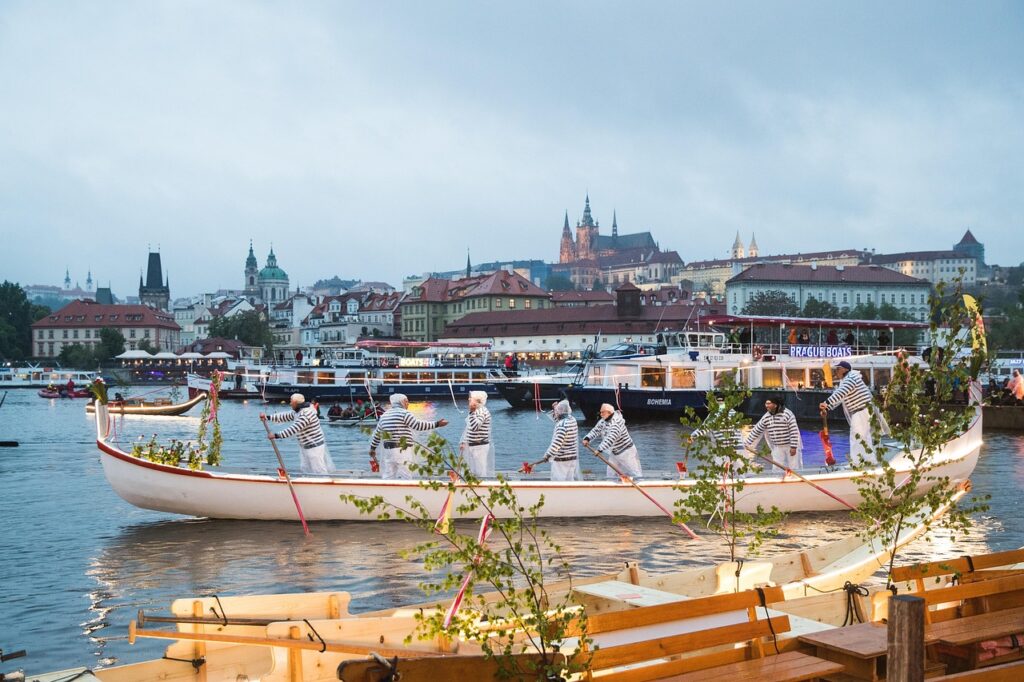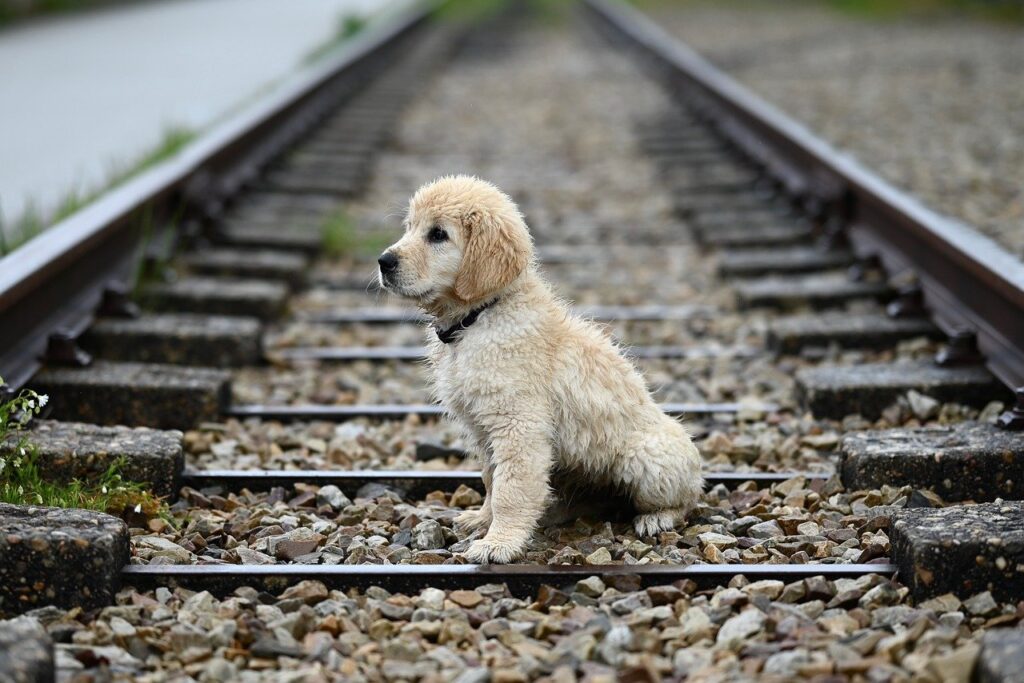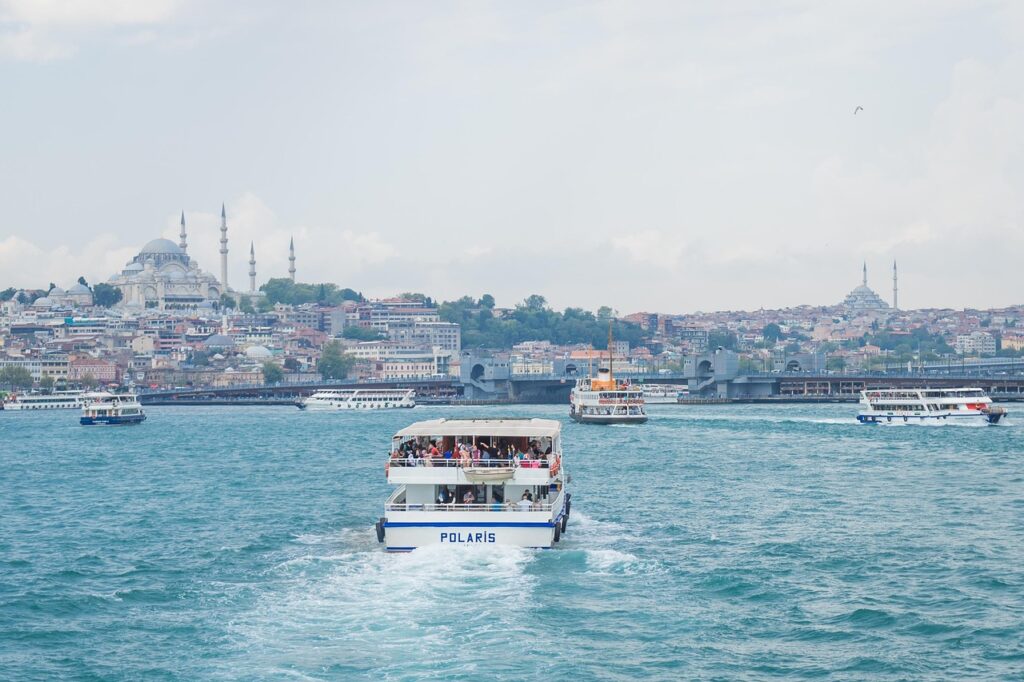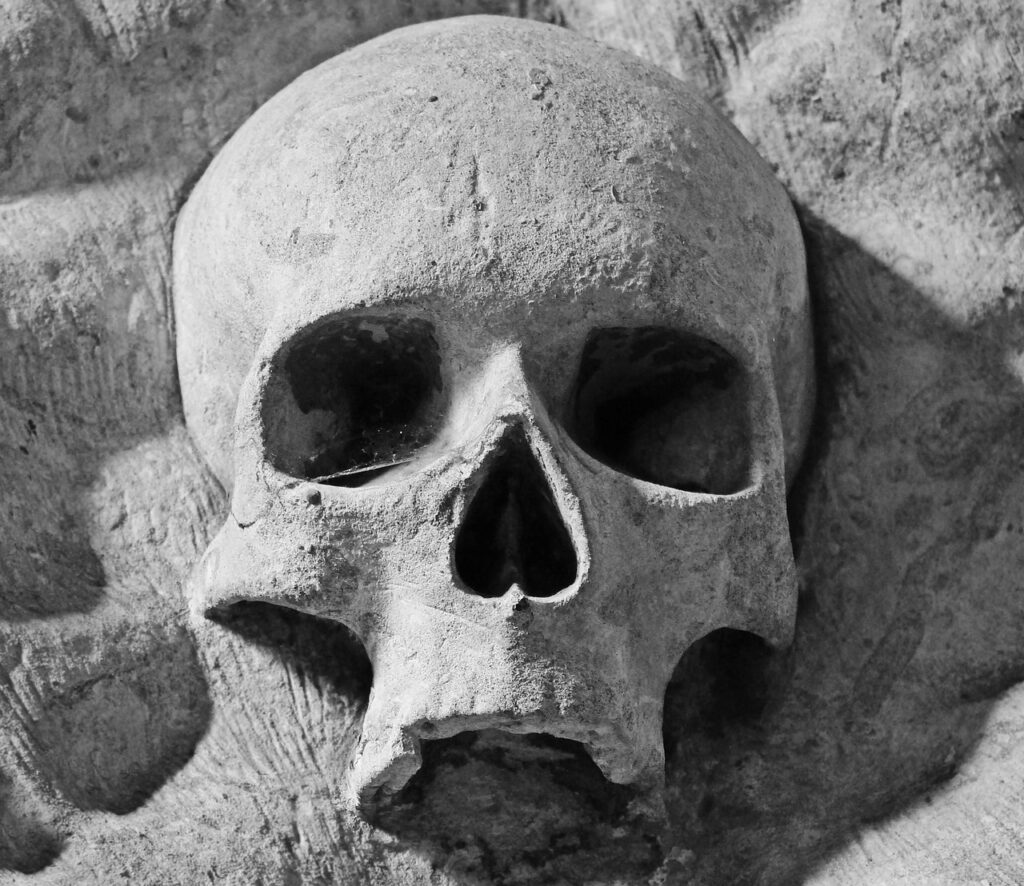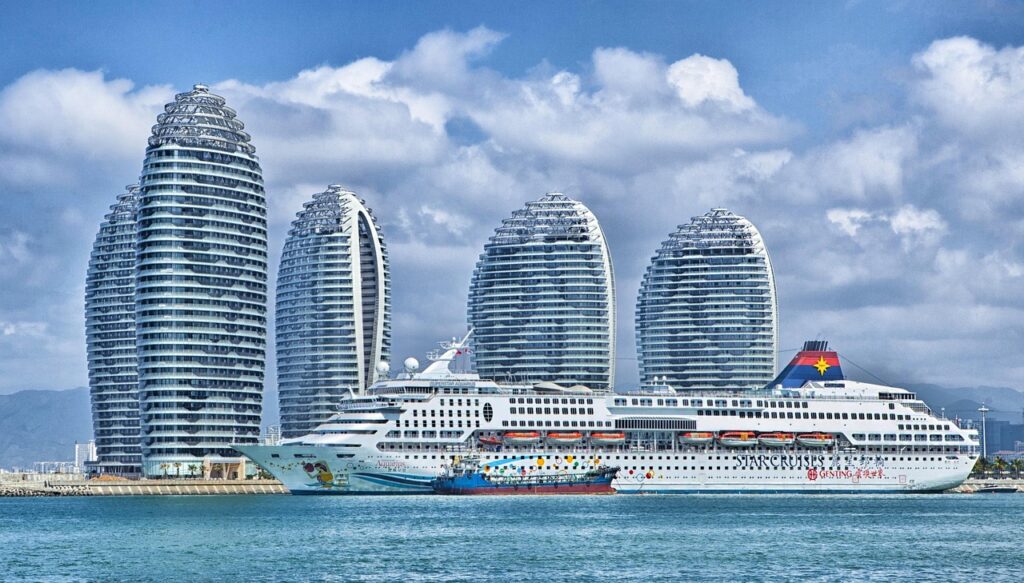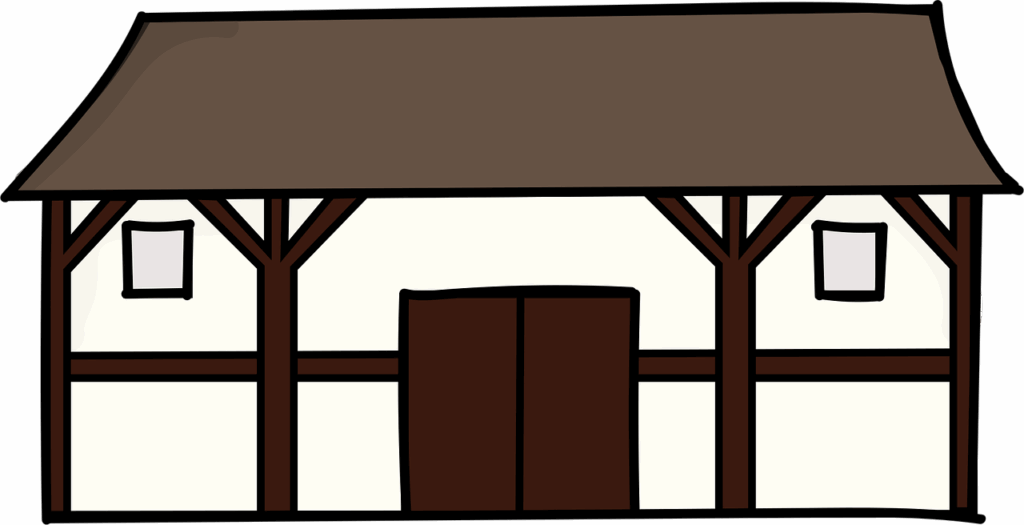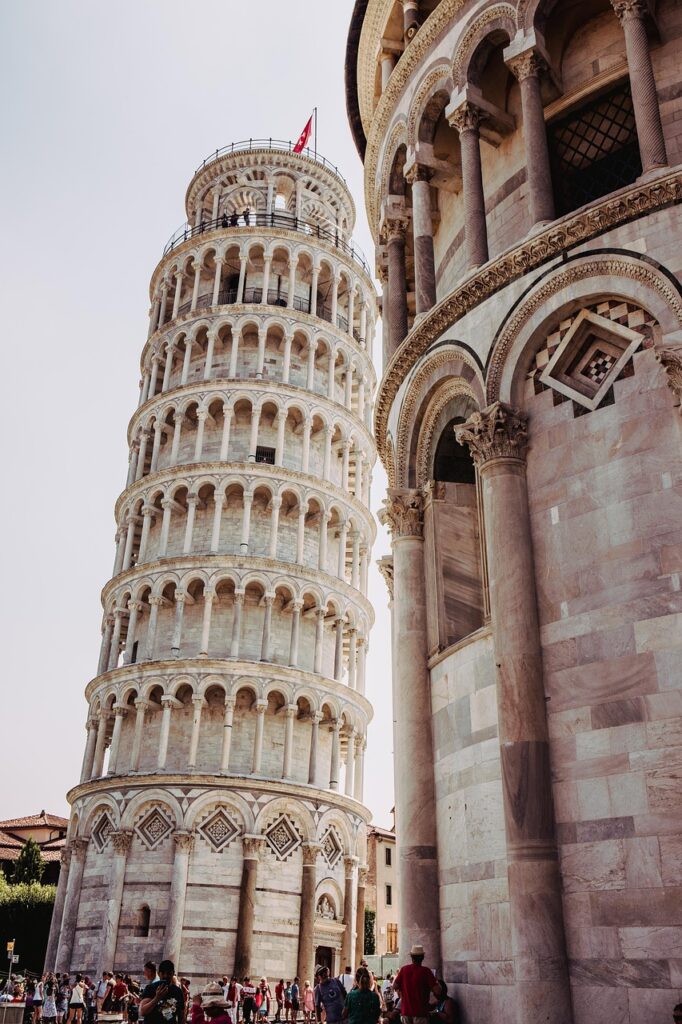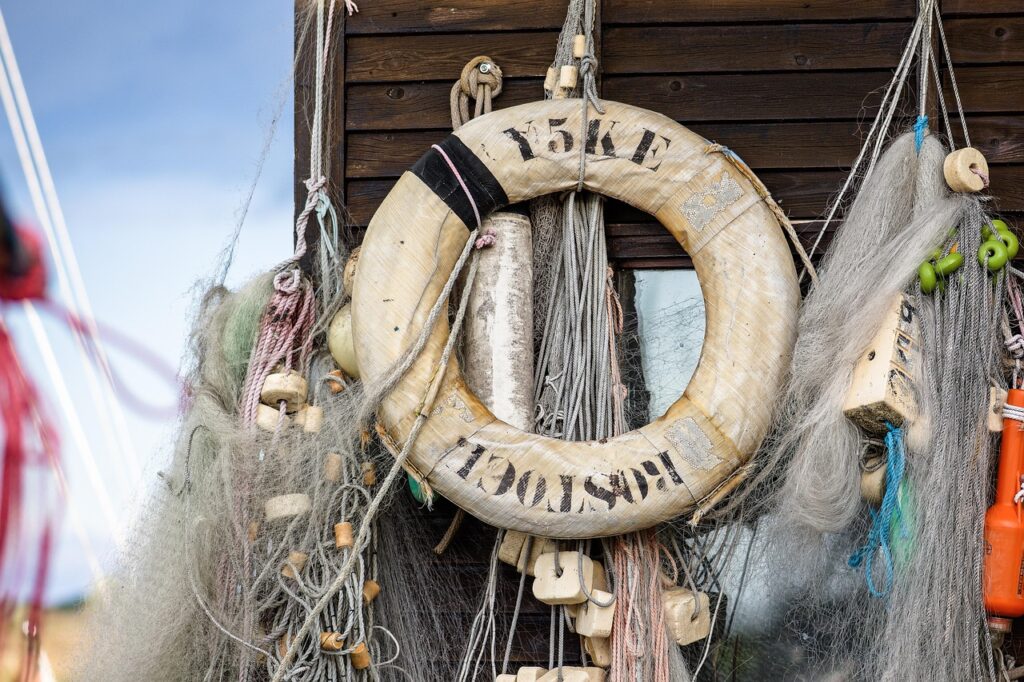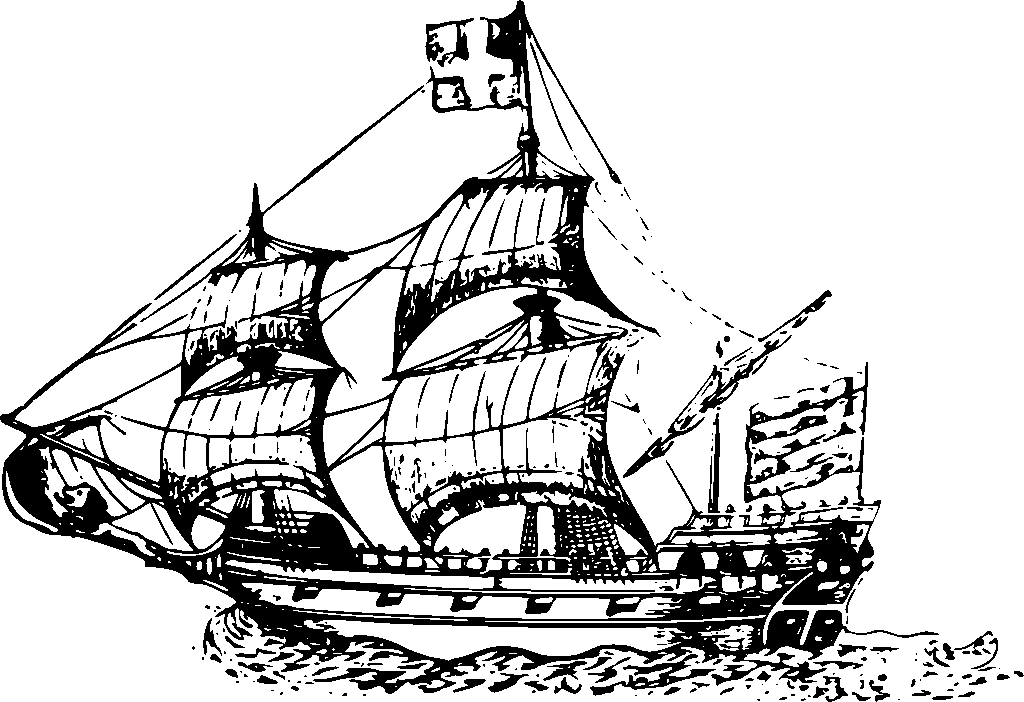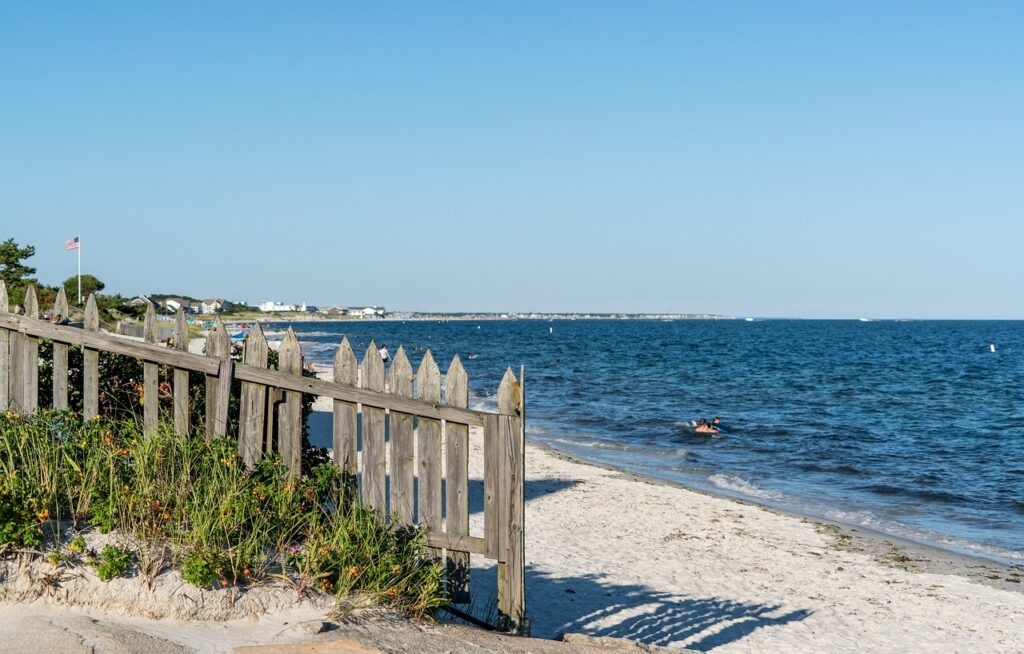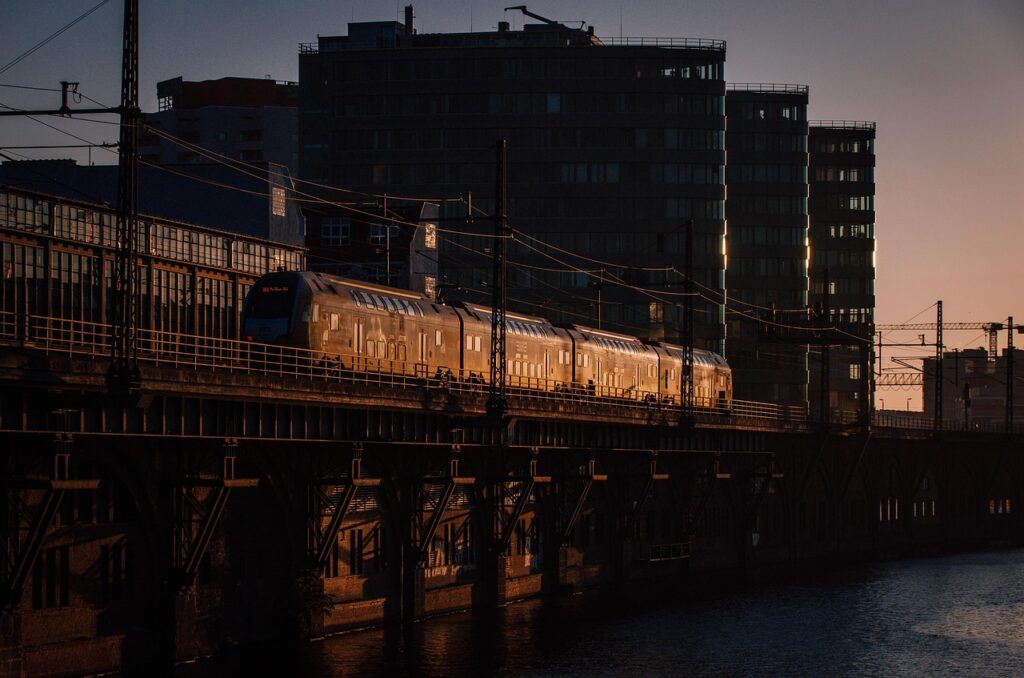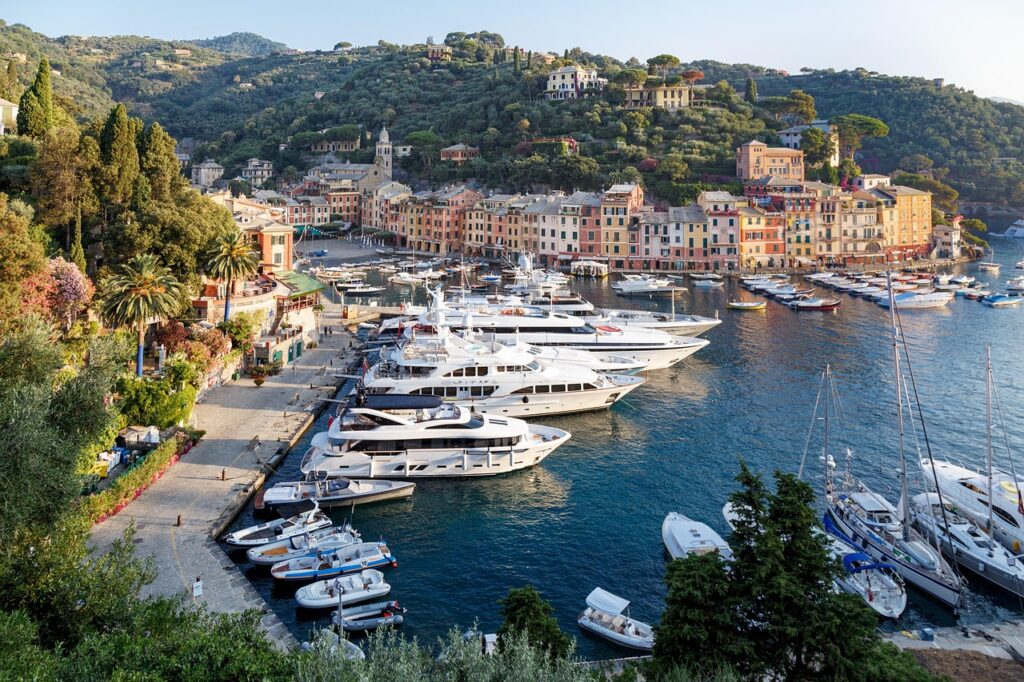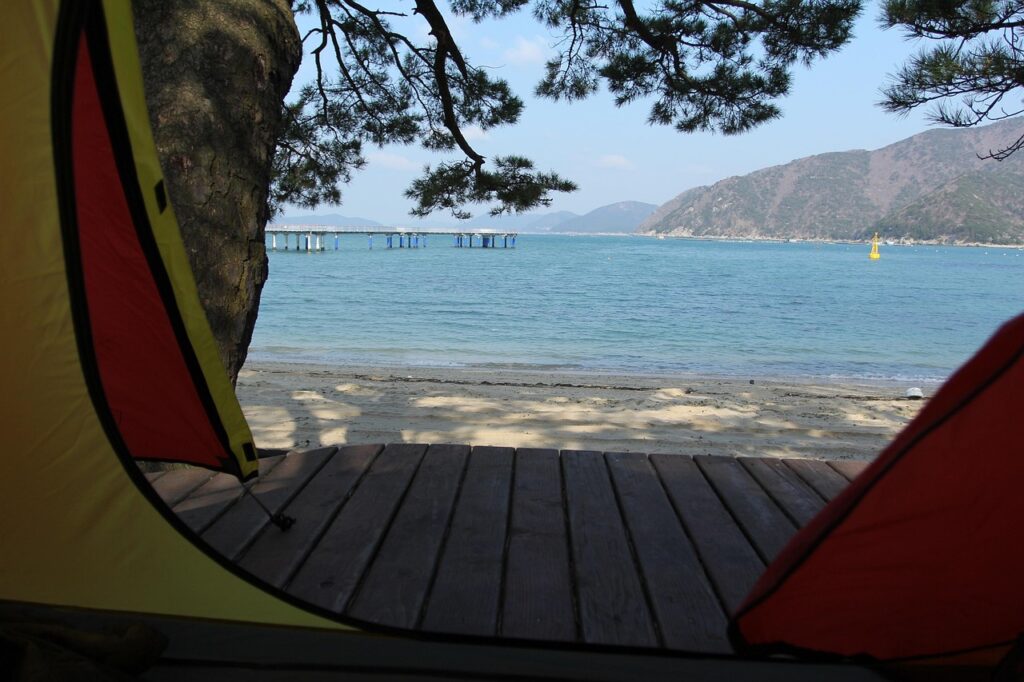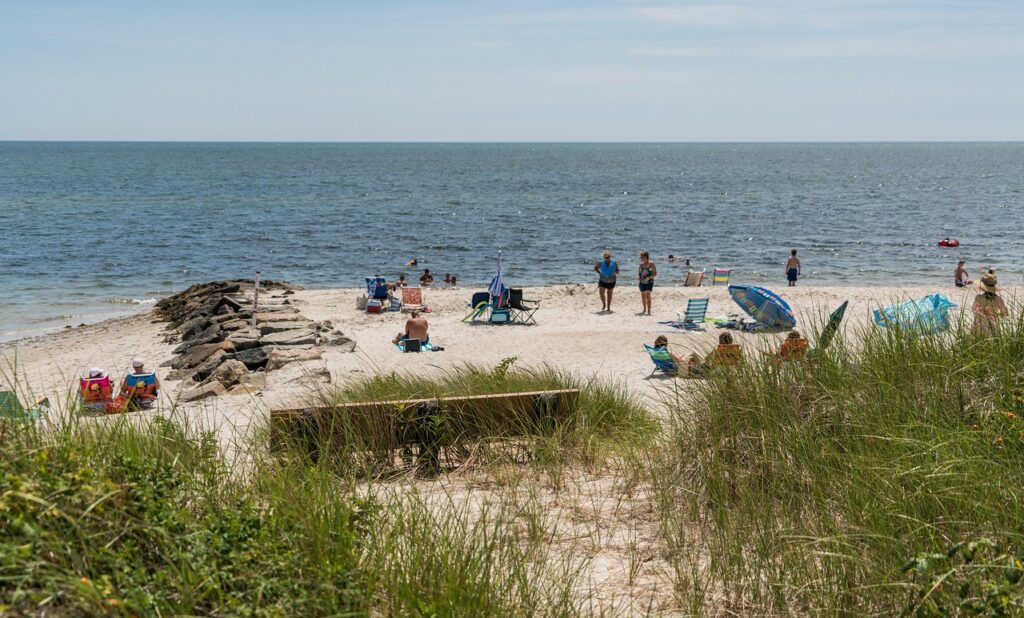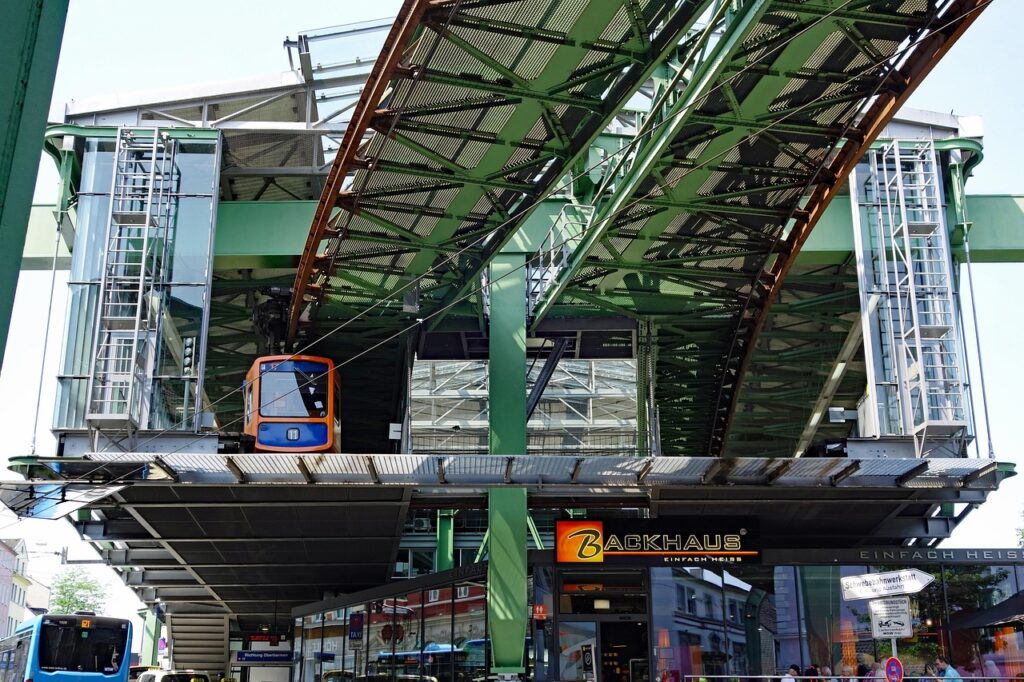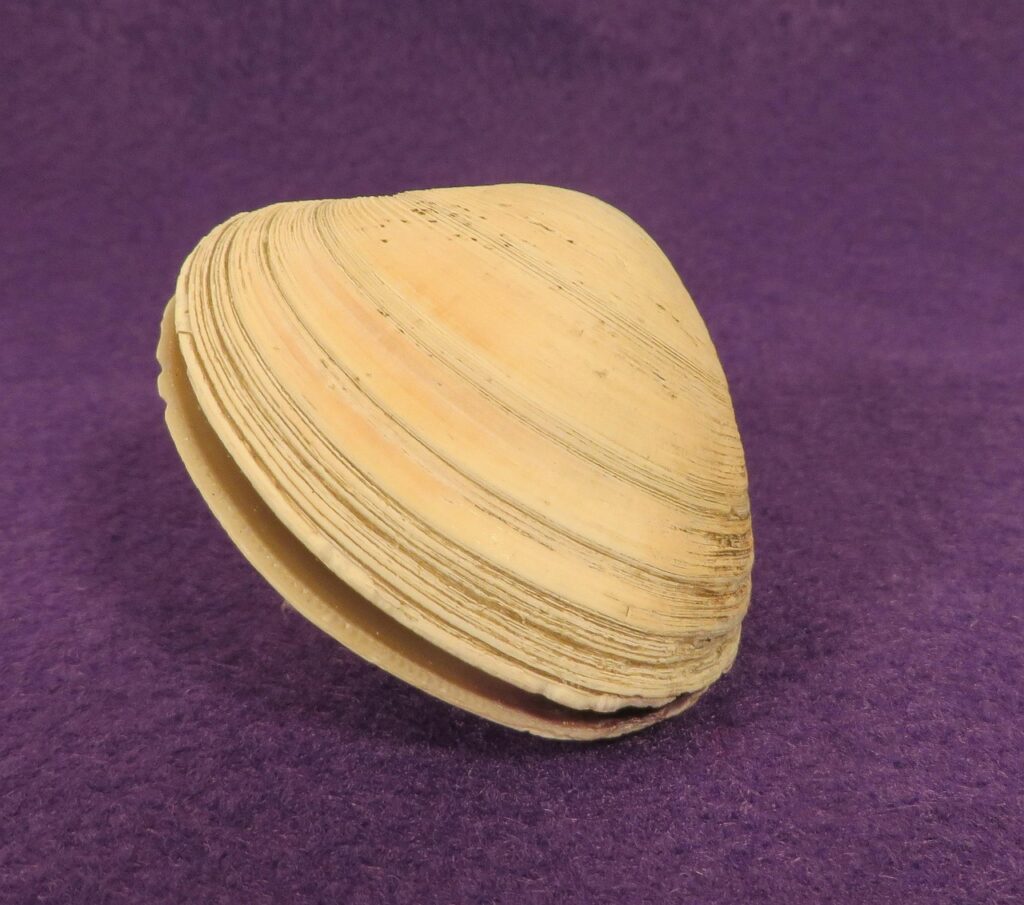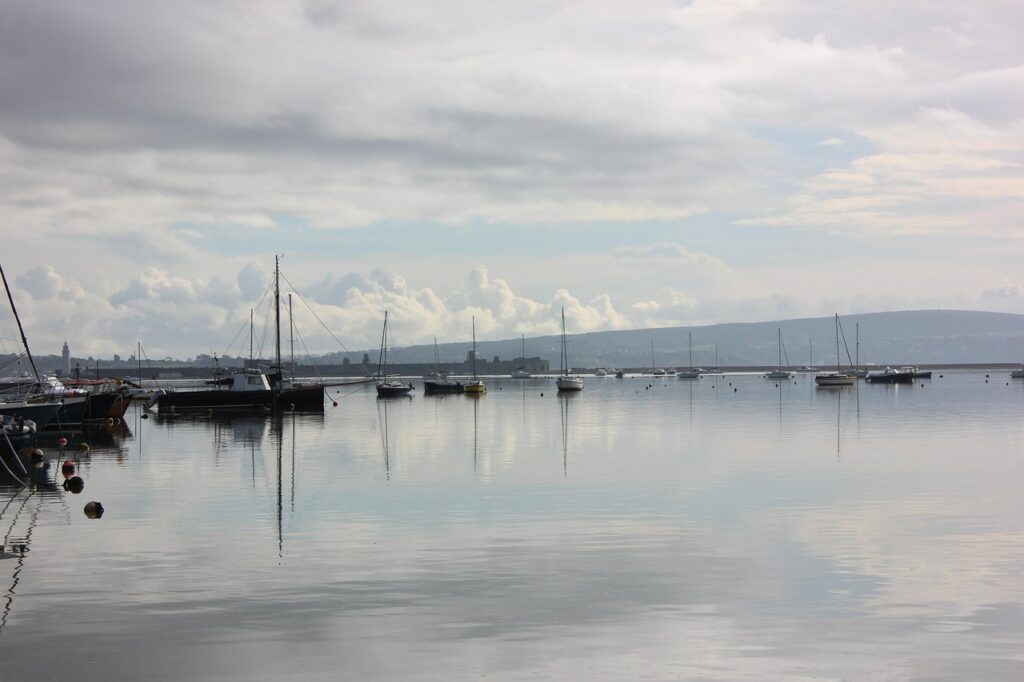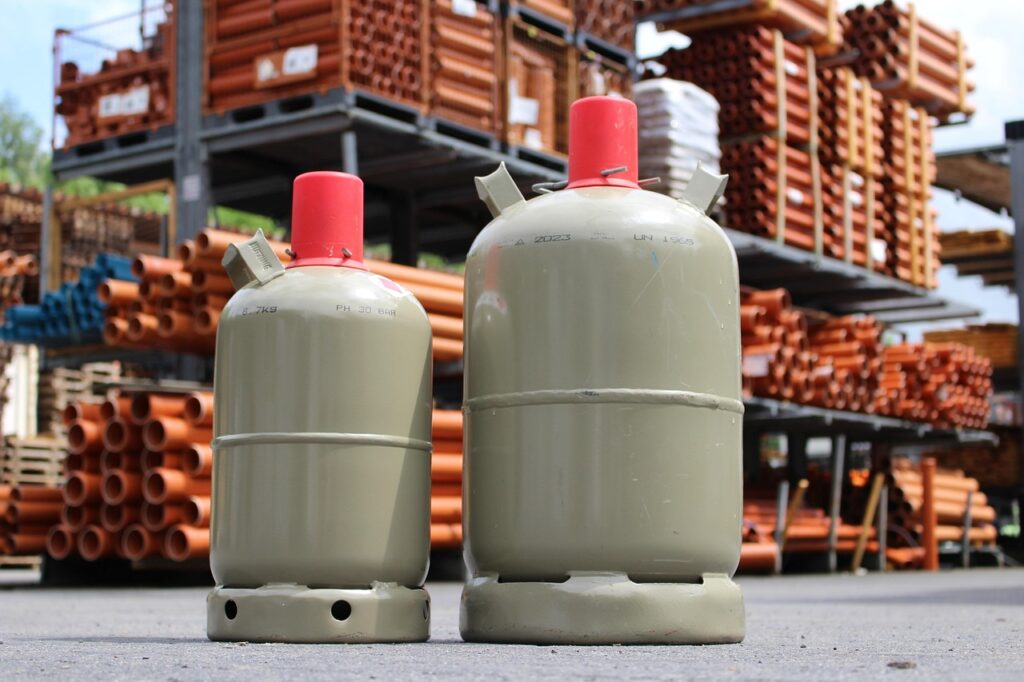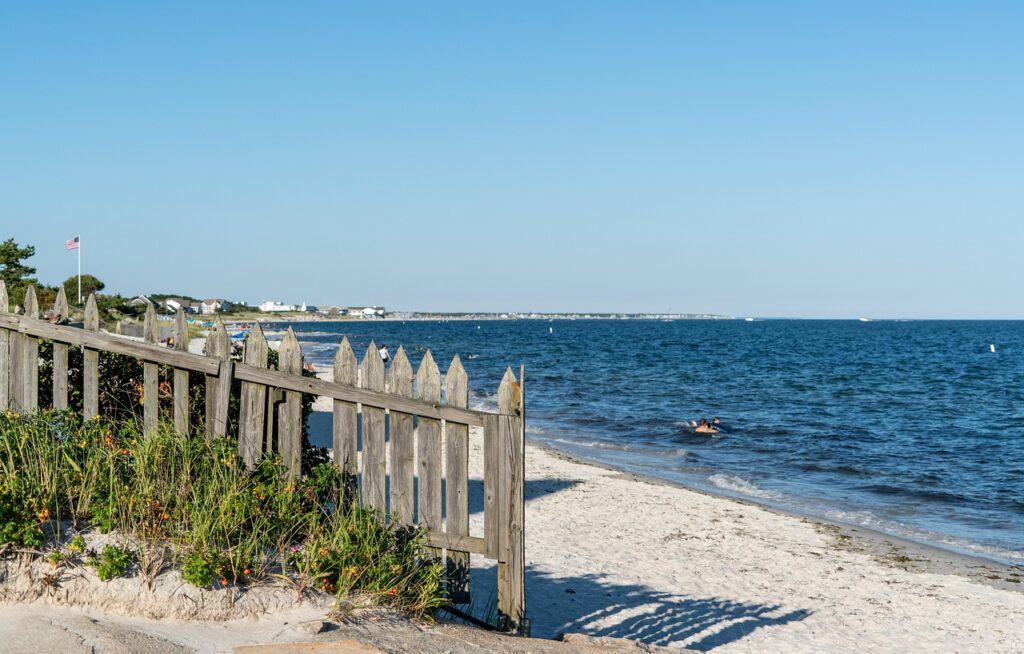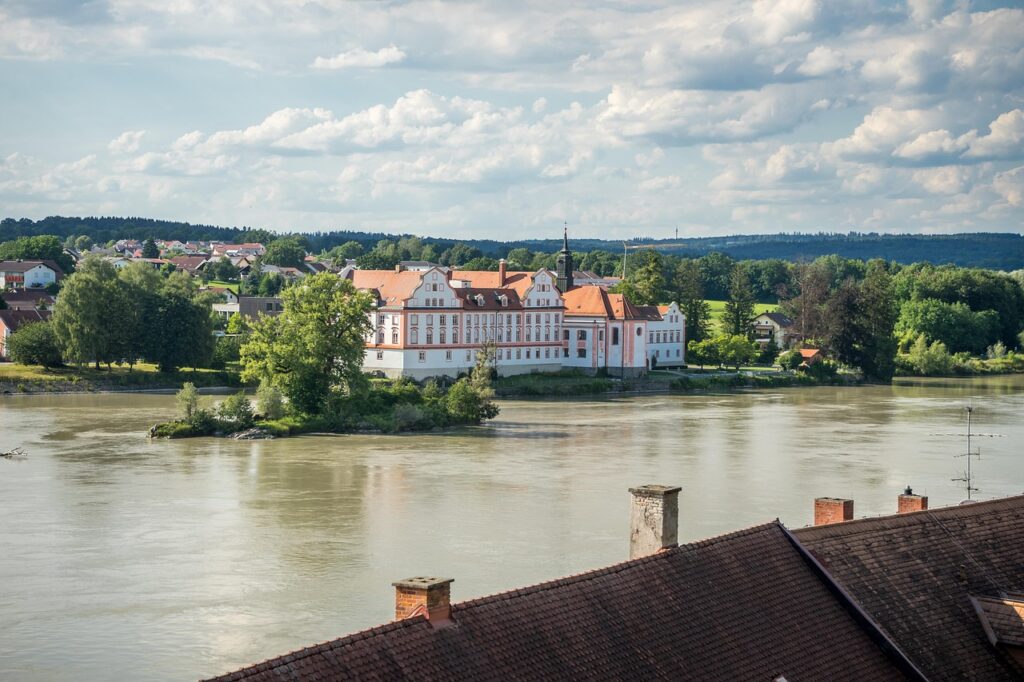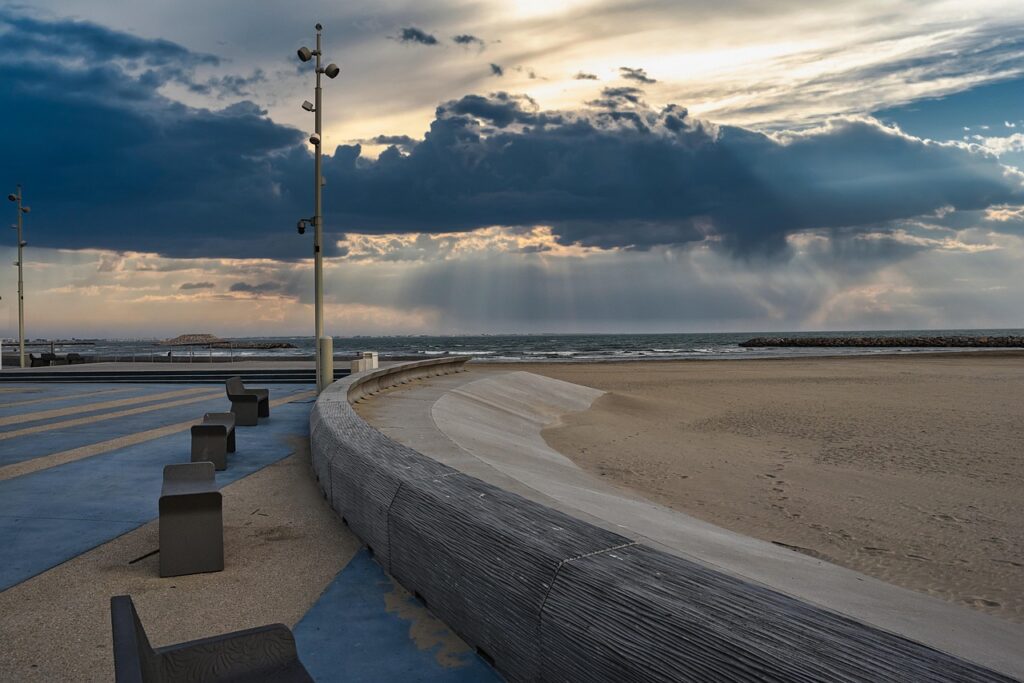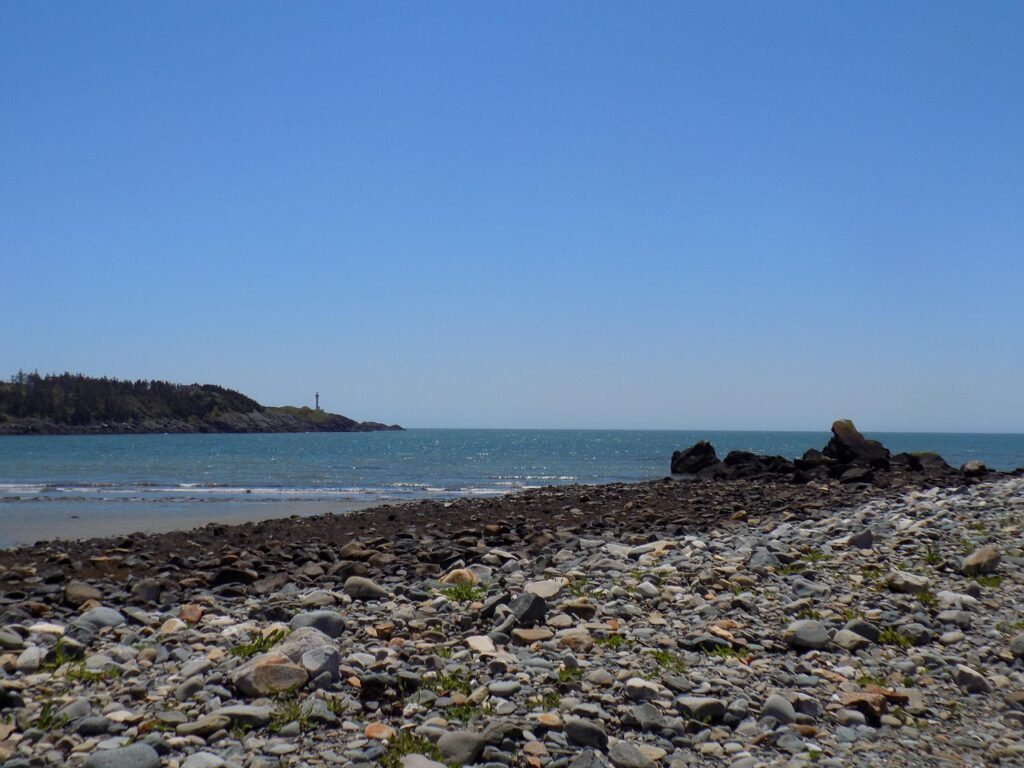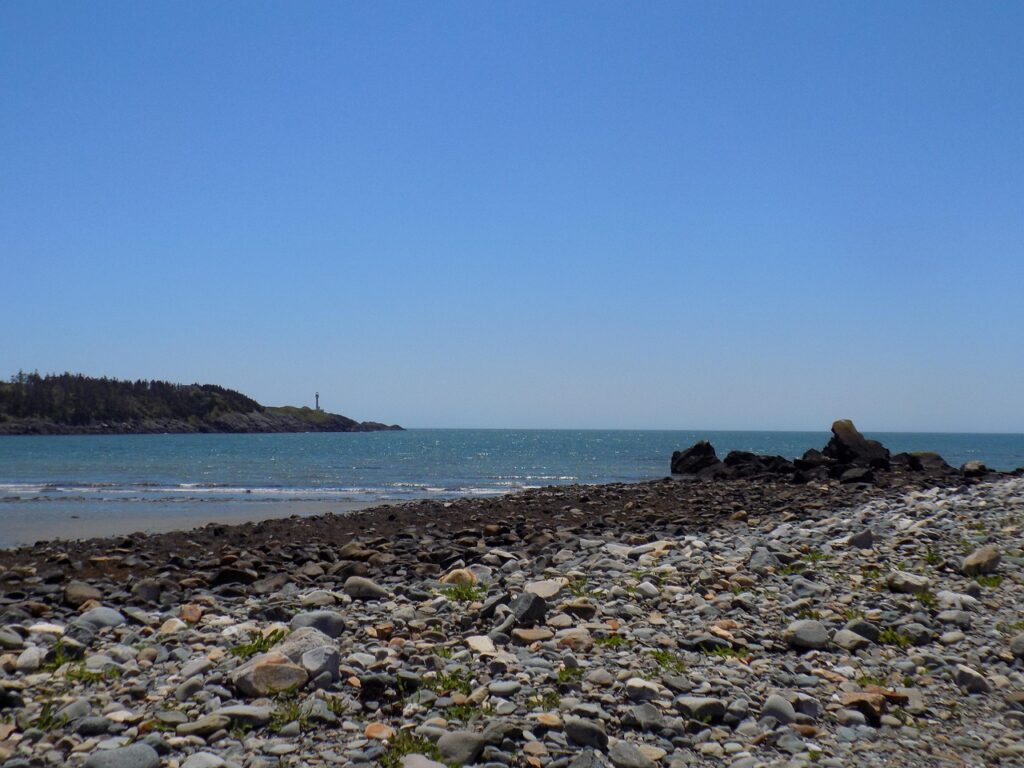In the spring of 1845, Great Yarmouth eagerly anticipated a curious spectacle—a clown named Nelson sailing up the River Bure in a bathtub pulled by geese. This seemingly quaint Victorian-era entertainment turned catastrophic when the Yarmouth Suspension Bridge, overwhelmed by the crowd gathered to witness the event, suddenly collapsed. The structural collapse claimed 79 lives, predominantly children, marking one of the darkest chapters in Yarmouth history and serving as a somber lesson in civil engineering and engineering failure. This article revisits the bridge disaster, exploring its causes, effects, and the enduring memorials that keep its memory alive.
Understanding the Engineering and Historical Context Behind the Yarmouth Suspension Bridge Collapse
Constructed in 1829, the suspension bridge spanning the River Bure was a marvel of its time, emblematic of historic bridges and the evolving ingenuity of civil engineering in 19th century Britain. However, modifications made just three years later—specifically the widening of the bridge in 1832—exceeded its original design capacity. When the crowd of approximately 400 people gathered on May 2, 1845, excitement quickly turned into tragedy.
- 📌 The bridge was designed to sustain moderate traffic, not the intense and uneven load caused by hundreds congregating on one side.
- 📌 The engineering failure was largely attributed to this unanticipated load, alongside potential material fatigue.
- 📌 The collapse occurred as Nelson the clown’s bathtub, drawn by four geese, passed under the bridge, drawing spectators tightly together on one side to witness the feat.
This incident highlights the importance of rigorous safety evaluations, especially when modifying existing structures—a lesson still relevant in modern-day infrastructure planning.
The Scale and Impact of the 1845 Disaster: Lives Lost and Community Response
The maritime tragedy claimed 79 lives, including 59 children. What began as a festive occasion swiftly transformed into chaos along the seven-foot-deep waters of the River Bure. Local residents heroically plunged into the river to rescue drowning victims, and nearby businesses provided blankets and hot baths to survivors—a testament to community solidarity in crisis.
- 🚩 Nearly 400 people were on the bridge at the time, a number far exceeding safe limits.
- 🚩 The youngest victims were children attending the spectacle with family and friends.
- 🚩 Survivors were aided by residents and local enterprises, showing the town’s resilience.
| Aspect | Details |
|---|---|
| Date of Disaster | May 2, 1845 |
| Location | River Bure, Great Yarmouth, Norfolk |
| Death Toll | 79 people (59 children) |
| Cause | Bridge collapse due to overcrowding and design limitations |
| Structure Type | Suspension Bridge |
Commemorating the Tragedy: The Memorial That Keeps the Story Alive
More than a century and a half later, the tragedy is solemnly remembered through a granite memorial unveiled in 2013 near the original bridge site close to the Swan Pub along North Quay Road. This monument, shaped like a giant book about 4.5 feet tall, displays three iconic images:
- 📘 A young family caught in the tragedy
- 📘 The dramatic moment of the bridge’s collapse
- 📘 Nelson the clown with his four geese
The memorial was painstakingly carved from stone quarried in India and transported via China to Great Yarmouth—reflecting a significant global journey, symbolic of the disaster’s broad historical footprint. Local artist Roland Ayers and stonemason Kevin Abbey brought this lasting tribute to life, emphasizing how historic bridges and their stories continue to impact community identity.
Why Remembering the Yarmouth Bridge Disaster Matters for Modern Engineering and Society
The collapse underscores vital considerations for today’s architects, engineers, and city planners:
- 🔧 The critical role of assessing structural collapse risks when modifying historic bridges.
- 🔧 Importance of crowd management to avoid overloading infrastructure.
- 🔧 Lessons from Victorian era engineering failures continue to inform contemporary civil engineering practices.
By understanding disasters such as this, society advances safer construction standards, saving lives and preserving heritage.
| Lesson | Modern Application |
|---|---|
| Design Limit Awareness | Rigorous structural impact analyses before modifications |
| Crowd Control | Event and infrastructure safety protocols |
| Material Durability Checks | Ongoing bridge maintenance and inspection regimes |
Frequently Asked Questions about the Yarmouth Suspension Bridge Disaster and its Legacy
What caused the Yarmouth Suspension Bridge to collapse?
The bridge failed due to excessive weight from a large crowd gathered on one side to watch a circus stunt, combined with design limitations and previous modifications that compromised its structural integrity.
How many people died in the 1845 disaster?
Seventy-nine people perished, including 59 children, making it the largest loss of life in Great Yarmouth’s history linked to a civil infrastructure failure.
Is there a memorial commemorating the disaster?
Yes, a granite memorial shaped like a book was unveiled in 2013 near the original site, honoring the victims with images and names etched into the stone.
What lessons can modern engineers learn from the disaster?
Key takeaways include rigorous assessment of structural capacity, careful crowd management during public events, and the importance of regular inspections when modifications are made to historic infrastructure.
Where exactly did the collapse happen?
The bridge spanned the River Bure near what is now the Swan Pub on North Quay Road in Great Yarmouth, Norfolk.

